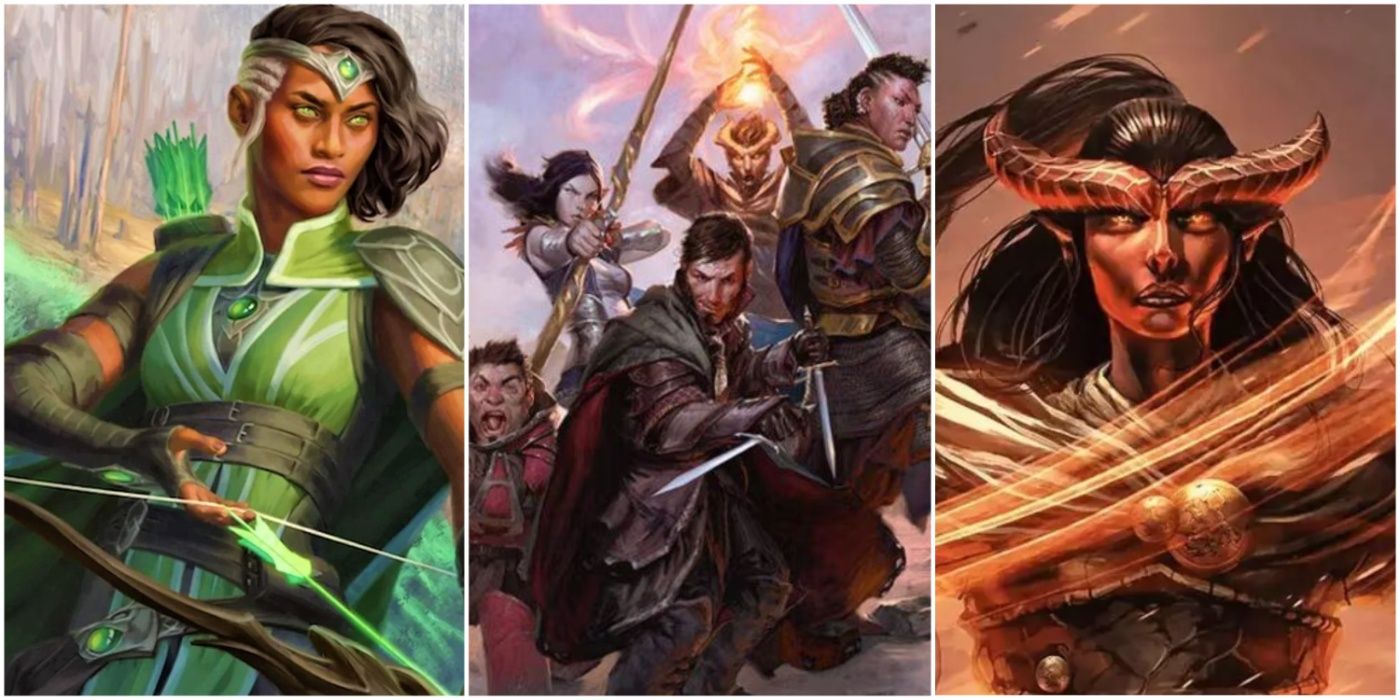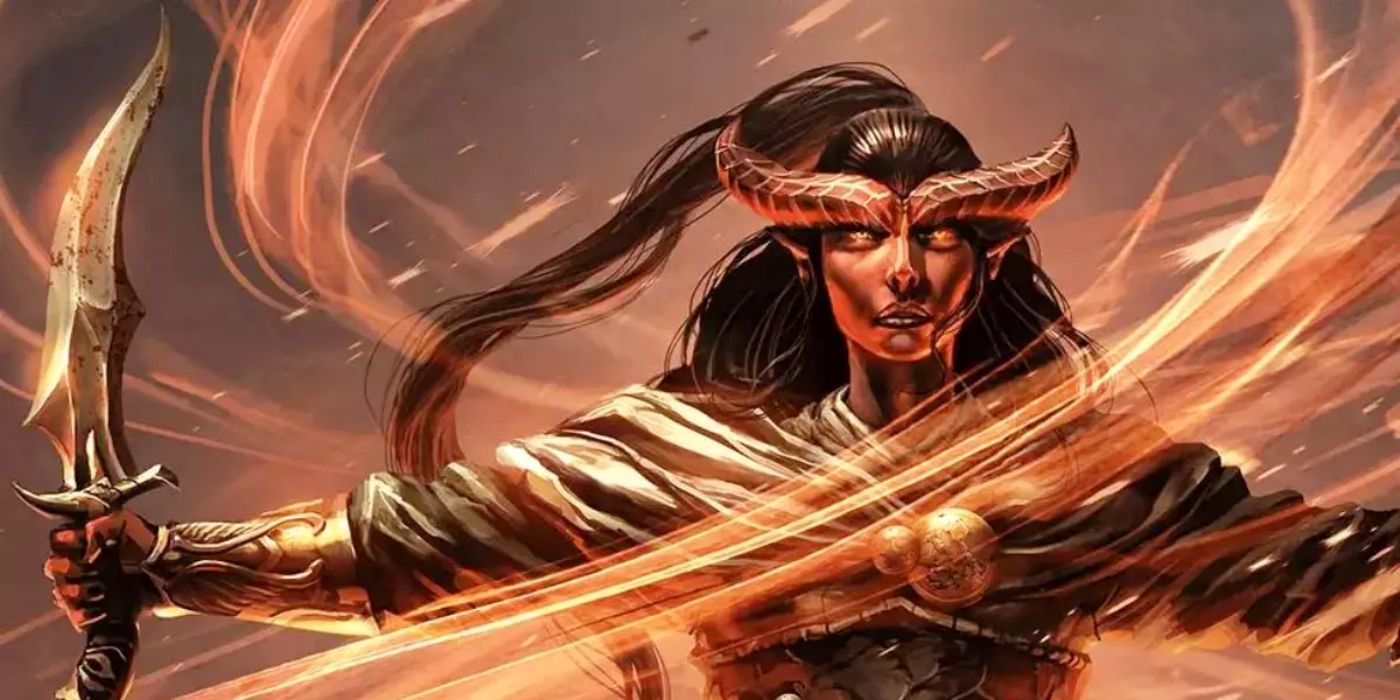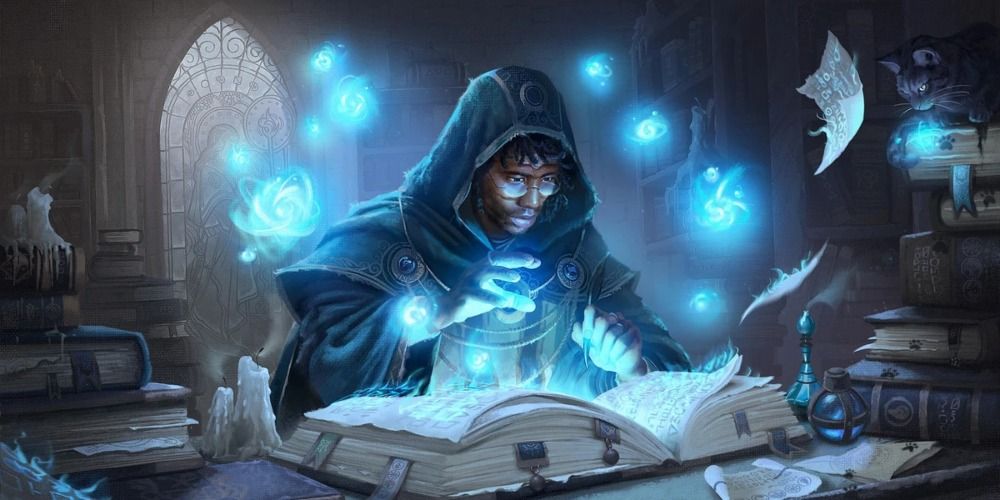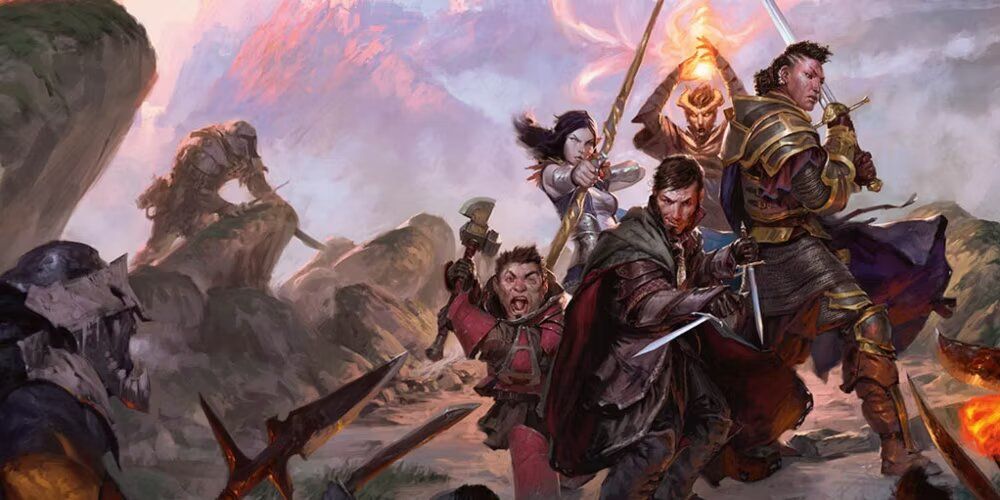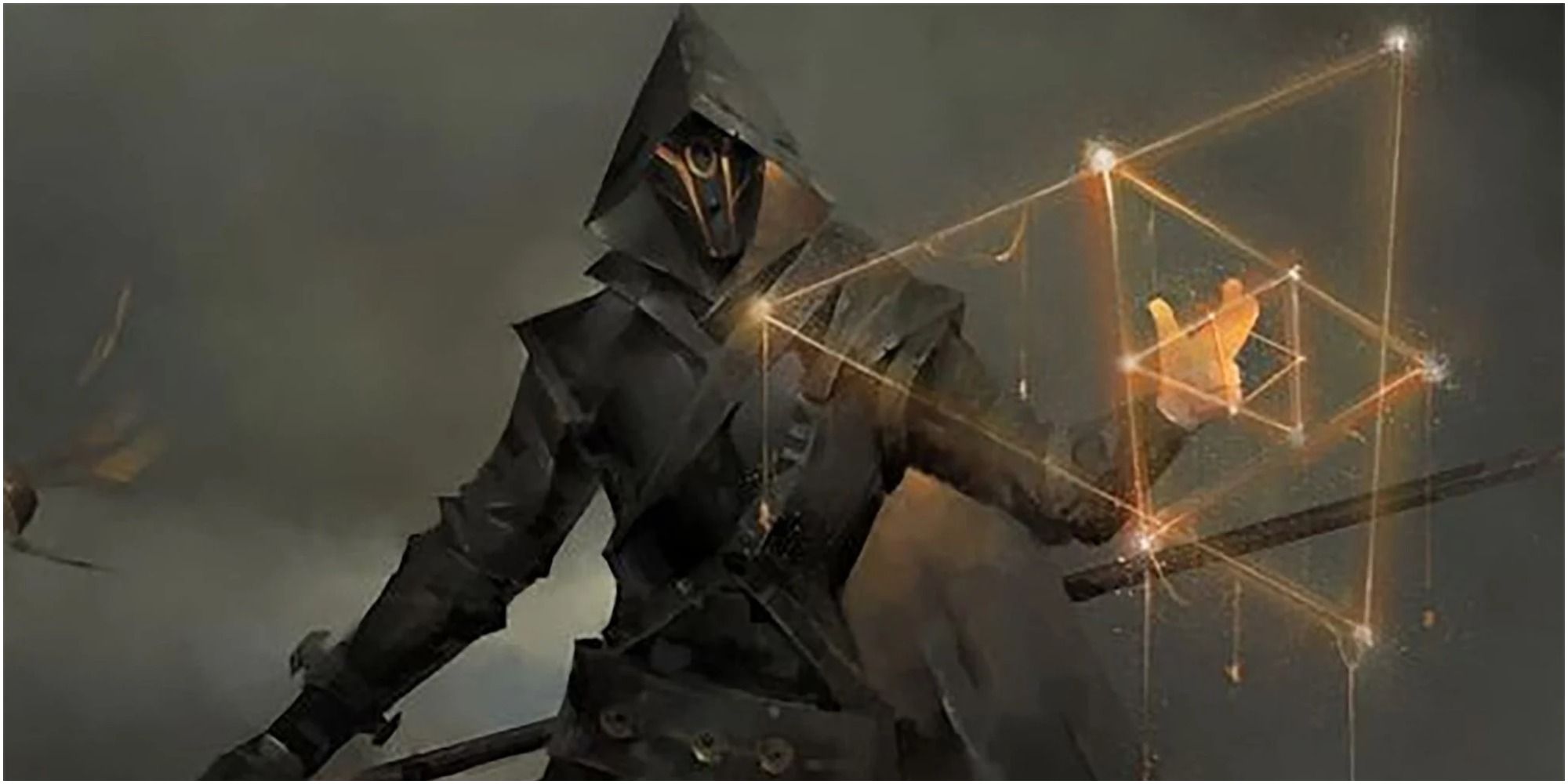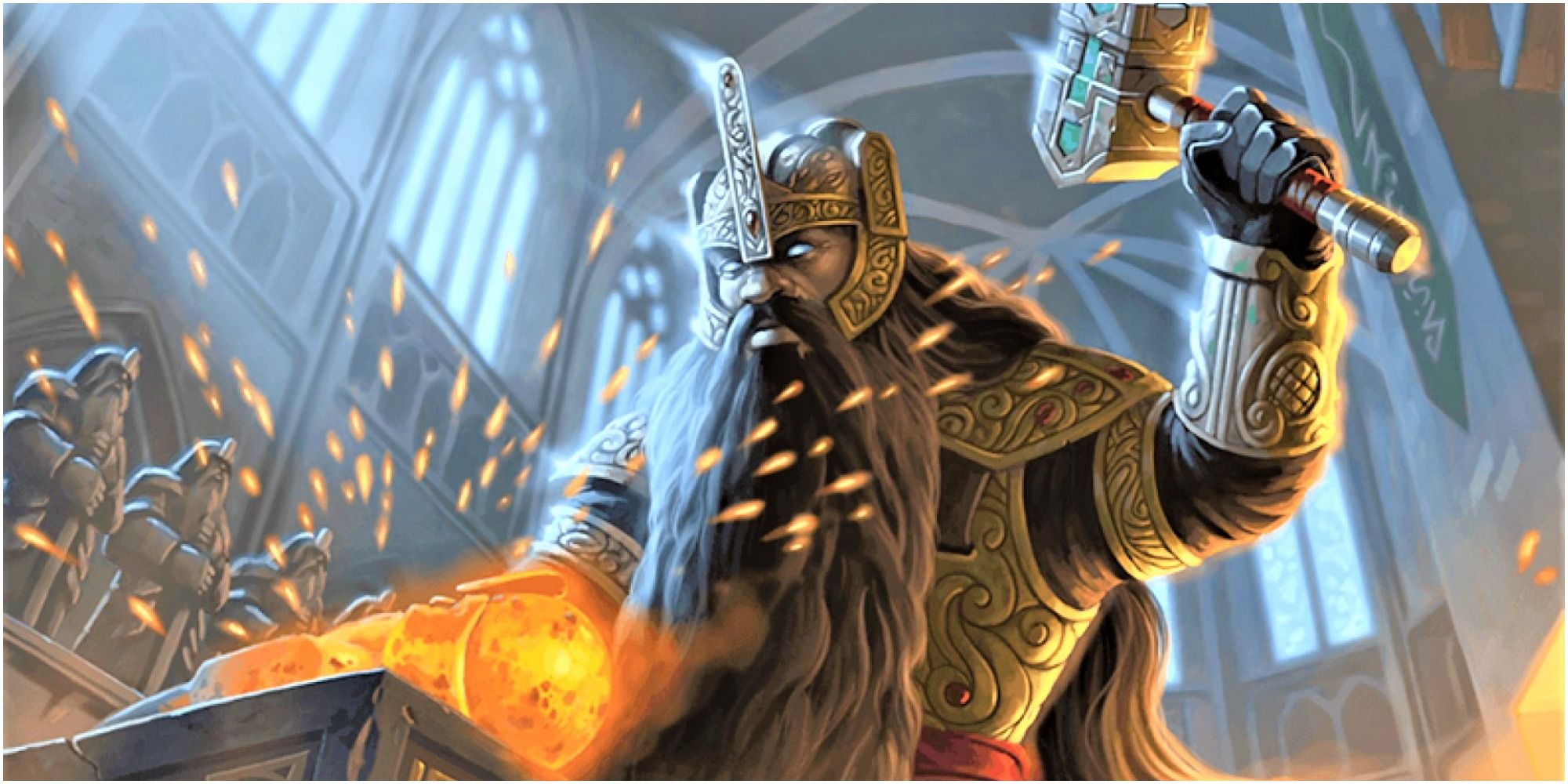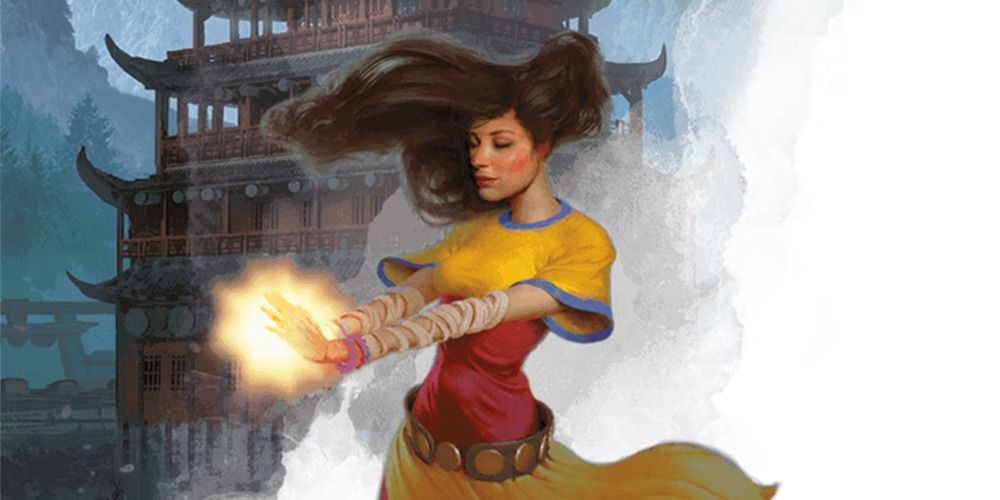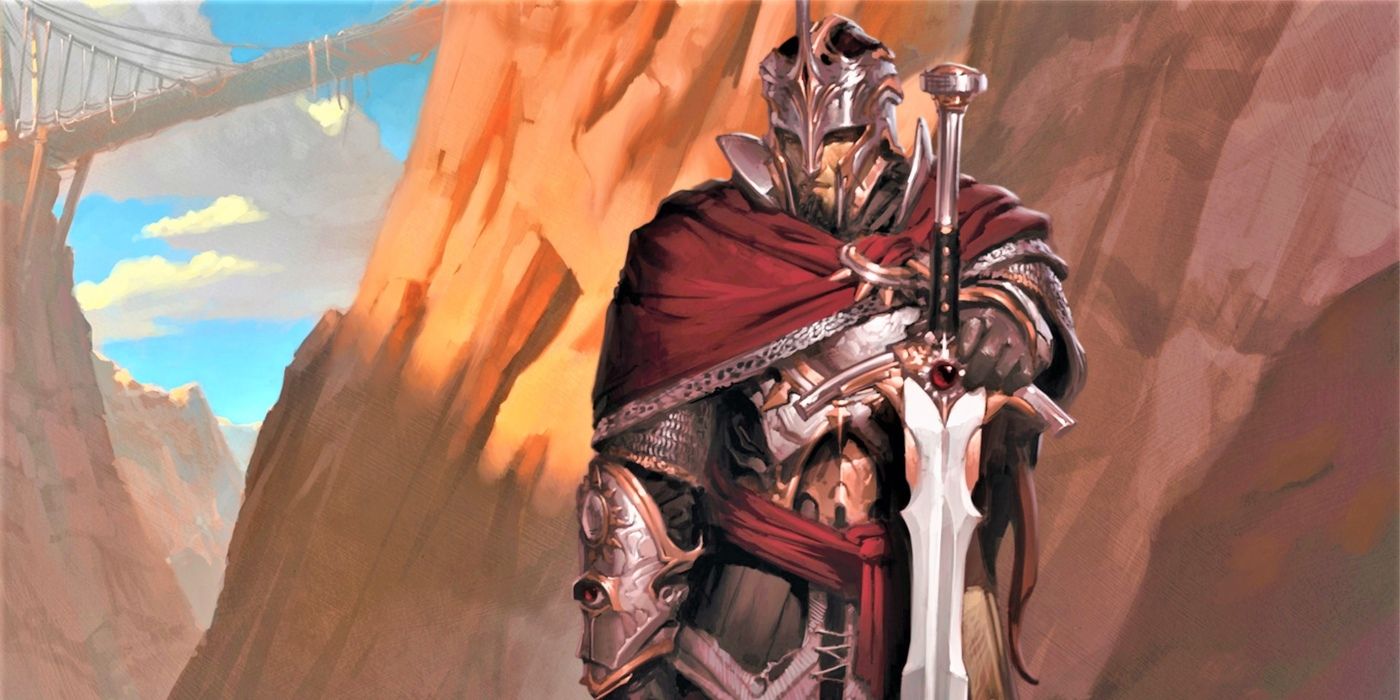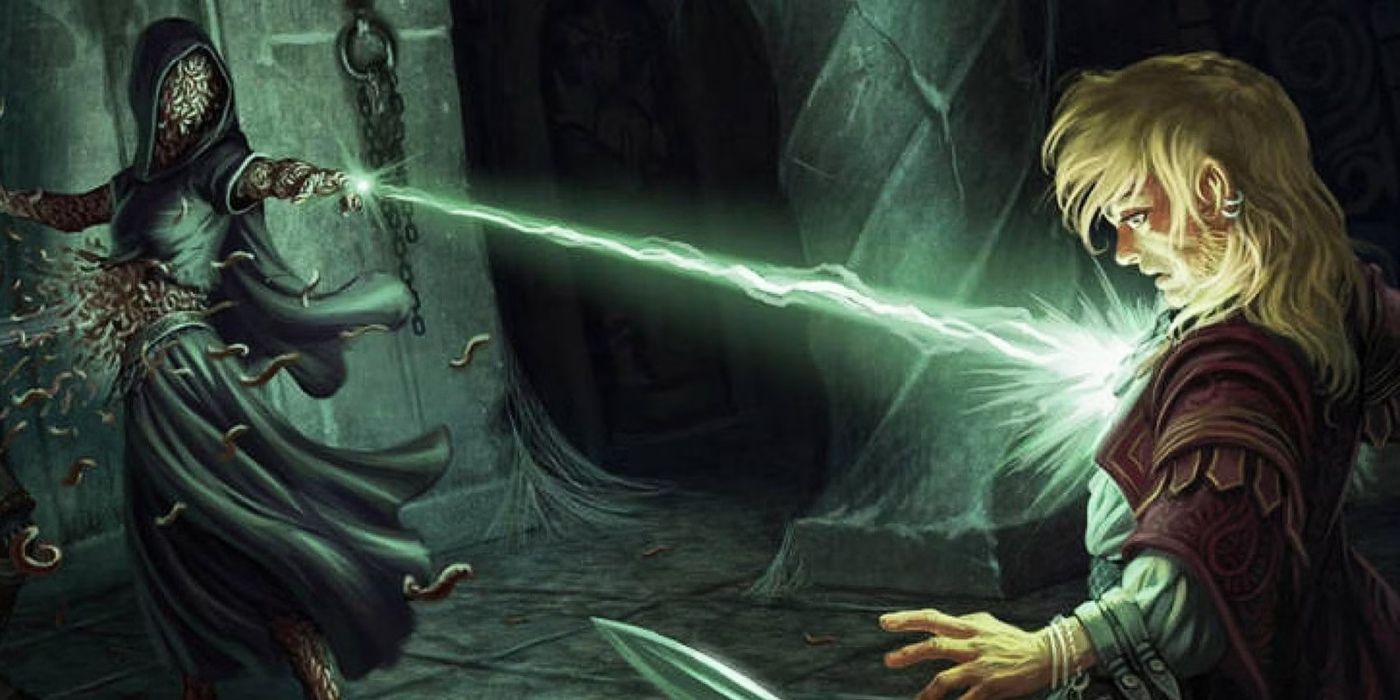Dungeons & Dragons Fifth Edition is the game’s most successful version ever. It’s brought in a new generation of players and captured the pop culture spotlight like never before. Its balanced and relatively straightforward rules have avoided the pitfalls of previous D&D editions. However, that doesn’t mean that D&D 5e is perfect.
D&D 5e overhauls previous D&D editions significantly, especially its immediate predecessor, Fourth Edition. As a result, it has some rules and design choices that are unbalanced, unintended, or poorly thought-out. Many of these have to do with character design and class balance. However, they extend to other parts of the game as well.
10 Disparity Between Casters And Martials
Dungeons & Dragons often has a gulf between spellcasters and more martial characters, especially at high level. A low-level fighter can attack enemies and take damage better than a low-level wizard. A high-level D&D wizard can fly, warp between dimensions, or conjure a mansion from thin air. At the same level, the D&D fighter is somewhat better at attacking enemies and taking damage.
This has been an issue in prior D&D editions due to people’s perceptions of how powerful magic should be. The only edition to avert it is D&D 4e, which gives every class similar power levels. D&D 5e limits spellcasters with Concentration and other mechanics. Nonetheless, they still dominate the game at high levels and can make martial characters feel unrewarding.
9 Front-Loaded Hexblade Abilities
D&D 5e‘s Hexblade warlock patron is one of the game’s most infamous subclasses with good reason. Its abilities attempt to make the warlock’s Pact of the Blade more viable, not least by giving them armor proficiency, damage buffs, and the ability to attack and cast with the same ability score. However, the Hexblade gets all of this at level 1.
Many D&D players have realized that one or two levels in Hexblade warlock is one of the best ways to improve other classes. It provides a huge buff to paladins, sorcerers, and bards, to the point of being banned at many tables. The D&D Hexblade is too easy to abuse instead of using for its intended purpose.
8 Imbalanced Feats
Officially, D&D 5e treats feats and multiclassing as optional rules. The base character-building simply has players take levels in a single class and use Ability Score Improvements to boost their stats. However, multiclassing and feats are both popular rules that allow for much more character customization.
However, D&D 5e‘s feats are not well-balanced. Most players agree that some are vastly more powerful than others. D&D 5e feats like Great Weapon Master can change the entire game. Lucky provides a welcome boost to any character. In contrast, very few players take Poisoner or Savage Attacker. Many feats come off as pointless.
7 The Ranger
D&D 5e‘s ranger has long had a reputation as the game’s worst class. Most D&D rangers can hold their own in combat. However, there’s no part of the game where they shine. The closest they come is features related to wilderness exploration. However, these abilities remove most of exploration’s challenge and gameplay and feel underwhelming in practice.
The many attempts to fix the D&D 5e ranger show its uncertain design philosophy. These attempts have seen blanket buffs, brand-new features, and attempts to rebuild the class as a non-magical explorer with healing abilities. Although the D&D 5e ranger is in a reasonable place after Tasha’s Cauldron of Everything, its design has given it a poor reputation.
6 A Lengthy Adventuring Day
D&D 5e is a game about resource management. Players have to conserve their abilities and hit points throughout an adventuring day in case they find themselves unequipped to deal with later challenges. D&D 5e gives players a glut of abilities and spell slots, as well as frequent rests. However, it expects players to use them across 6-8 encounters.
Combat is not quick in D&D. 6-8 encounters can make a D&D adventure stretch across several sessions. In addition, it forces many fights to lack danger and exist solely to reduce resources. For many editions, D&D players have preferred four encounters in an adventuring day. However, D&D 5e‘s rules are balanced around almost double that.
5 Only Buffing Some Sorcerer Subclasses
The sorcerer occupies an uneasy space in D&D 5e‘s balance. It shares a lot of design space with the wizard. However, it has much less flexibility with its low spells known. Sorcerers are meant to specialize their choices around one role. However, many players find that the limitations are not worth the payoff.
Tasha’s Cauldron of Everything and later books have introduced a radical design change to sorcerer subclasses to compensate. Recent D&D 5e sorcerer subclasses come with a vast list of bonus spells the character can cast. However, the same change hasn’t been made to older subclasses. As a result, there’s a significant disparity. New options feel flat-out better to many players.
4 Lackluster Crafting Rules
D&D 5e is primarily about fantasy adventure. Its rules emphasize the need for players to go out and do heroics to progress. This is especially true of finding magic items. However, there’s one persistent ruleset and character fantasy that has disappointed fans, in the form of crafting.
Many players like the idea of questing to build their own magic items in D&D 5e. However, the edition’s crafting rules have always been shallow and impractical. It often requires months of work to create even low-level magic items. On top of that, the process is very un-interactive, requiring only a few dice rolls. Many players feel that there’s much more that could be done with such an in-demand mechanic.
3 Way Of The Four Elements
The monk is another contentious class in D&D 5e. On top of that, it comes with the edition’s most widely-disliked subclass. D&D 5e‘s Way of the Four Elements monk fulfills a popular class fantasy of wielding elemental power. However, its implementation in the rules often falls well short of what players want.
The Way of the Four Elements monk’s abilities are expensive in return for limited effect. In many cases, they replicate spells many levels after a wizard could cast them, or prove less effective than using Stunning Strike on the enemy. Even buffs in Tasha’s Cauldron of Everything can’t stop the subclass from feeling poorly designed.
2 Short Rest Class Balance
Different D&D 5e classes are balanced primarily around different types of rests. Paladins, wizards, barbarians, and many others regain most or all of their abilities on a long rest. Fighters, warlocks, and monks regain most of their features on a long rest. Most classes have a mixture but fall down on one side or the other.
It’s easy to run a D&D 5e campaign where most days have a single fight. In these cases, there’s little reason for long rest classes not to use all of their abilities in one go. Short rest classes don’t have this option and risk falling behind. Even on longer days, it can be hard to justify a one-hour rest to benefit only some party members. The balance between the two feels off in most situations.
1 Poorly-Balanced High-Level Play
Many D&D editions have struggled with high-level play. An adventuring party’s increasing power and versatility can make a DM struggle to challenge them in any meaningful way. Many high-level characters, especially spellcasters, can bypass or trivialize obstacles with relative ease.
To compensate, many high-level D&D enemies get similarly ridiculous. The result is a poorly-balanced experience where it’s easy to flip between effortless to impossible. This is reflected by the lack of official D&D premade campaigns that go to high levels. Even those few that do, like Waterdeep: Dungeon of the Mad Mage, impose sweeping limitations on player capabilities.
